Categories
Archives
- April 2024
- March 2024
- February 2024
- January 2024
- December 2023
- November 2023
- October 2023
- September 2023
- August 2023
- July 2023
- June 2023
- May 2023
- April 2023
- March 2023
- February 2023
- January 2023
- December 2022
- November 2022
- October 2022
- September 2022
- August 2022
- July 2022
- June 2022
- May 2022
- April 2022
- March 2022
- February 2022
- January 2022
- December 2021
- November 2021
- October 2021
- September 2021
- August 2021
- July 2021
- June 2021
- May 2021
- April 2021
- March 2021
- February 2021
- January 2021
- December 2020
- November 2020
- October 2020
- September 2020
- August 2020
- July 2020
- June 2020
- May 2020
- April 2020
- March 2020
- February 2020
- January 2020
- December 2019
- November 2019
- October 2019
- September 2019
- August 2019
- July 2019
- June 2019
- May 2019
- April 2019
- March 2019
- February 2019
- January 2019
- December 2018
- November 2018
- October 2018
- September 2018
- August 2018
- July 2018
- June 2018
- May 2018
- April 2018
- March 2018
- February 2018
- January 2018
- December 2017
- November 2017
- October 2017
- September 2017
- August 2017
- July 2017
- June 2017
- May 2017
- April 2017
- March 2017
- February 2017
- January 2017
- December 2016
- November 2016
- October 2016
- September 2016
- August 2016
- July 2016
- June 2016
Featured
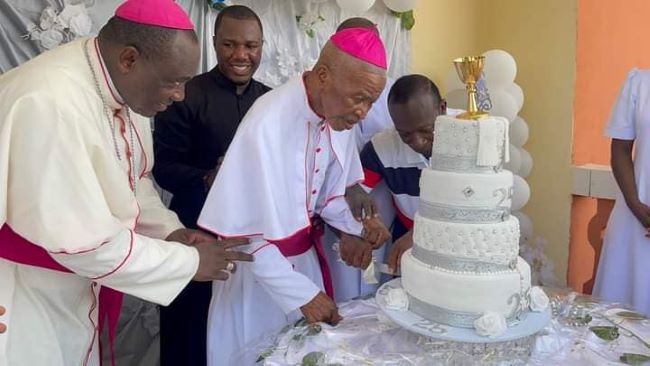 Bishop Francis T. Lysinge @ 25!
Bishop Francis T. Lysinge @ 25! 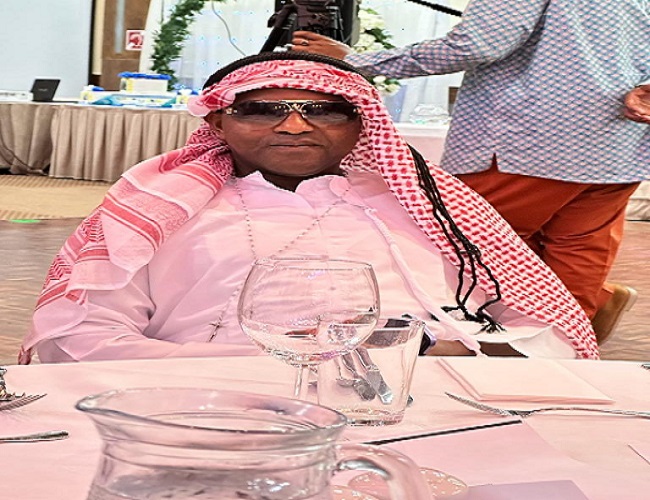 Understanding the Biya Francophone regime’s support for the Israeli genocide in Gaza
Understanding the Biya Francophone regime’s support for the Israeli genocide in Gaza 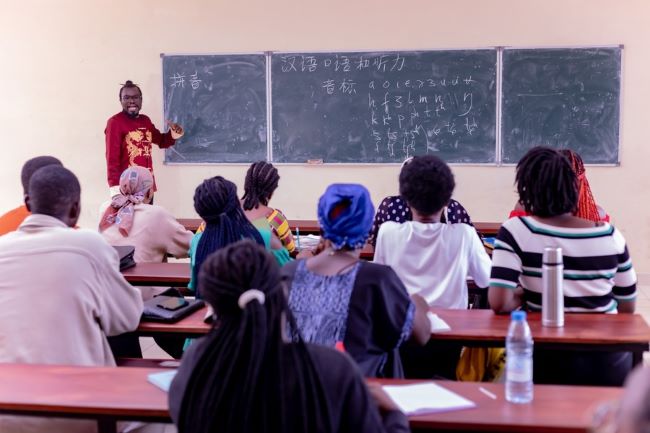 Poverty under Biya: Cameroonians embrace Chinese language for brighter futures
Poverty under Biya: Cameroonians embrace Chinese language for brighter futures 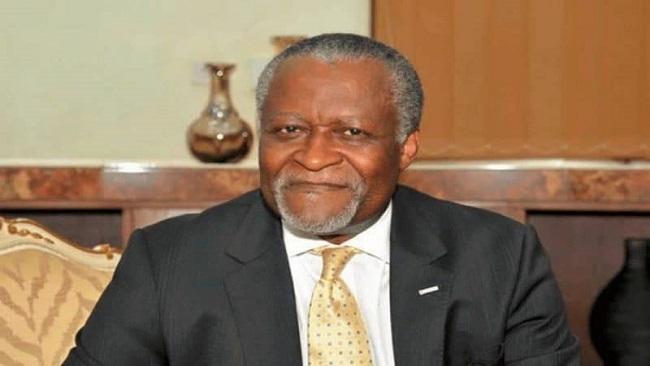 Cameroon is broken: Who can fix it?
Cameroon is broken: Who can fix it? 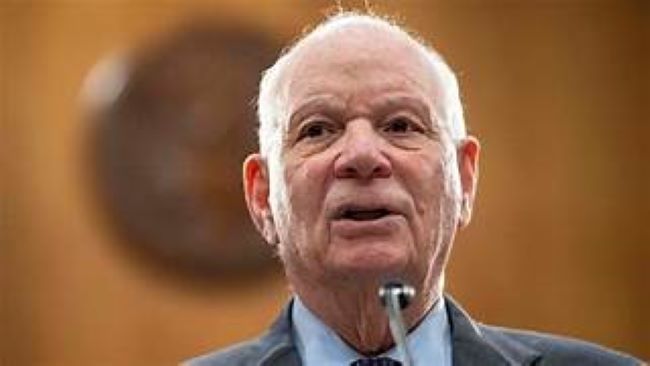 Ethiopia: U.S Senator Cardin Statement on the Killing of Bate Urgessa
Ethiopia: U.S Senator Cardin Statement on the Killing of Bate Urgessa
Most Commented Posts
 4 Anglophone detainees killed in Yaounde
4 Anglophone detainees killed in Yaounde
19 comments Chantal Biya says she will return to Cameroon if General Ivo Yenwo, Martin Belinga Eboutou and Ferdinand Ngoh Ngoh are sacked
Chantal Biya says she will return to Cameroon if General Ivo Yenwo, Martin Belinga Eboutou and Ferdinand Ngoh Ngoh are sacked
13 comments Anglophone Nationalism: Barrister Eyambe says “hidden plans are at work”
Anglophone Nationalism: Barrister Eyambe says “hidden plans are at work”
12 comments The Anglophone Problem – When Facts don’t Lie
The Anglophone Problem – When Facts don’t Lie
12 comments Largest wave of arrest by BIR in Bamenda
Largest wave of arrest by BIR in Bamenda
10 comments
Latest Tweets
Error: access keys missing in Themify > Settings > Twitter SettingsFeatured
-
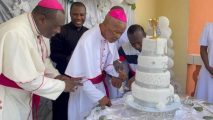
Bishop Francis T. Lysinge @ 25!
-
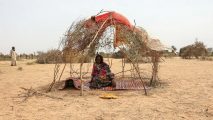
10 Million Cameroonians lived on less than $1.80 per day
-

Football: Xavi to remain as Barcelona coach
-

Biya regime delays bond sale amid regional market strain
-
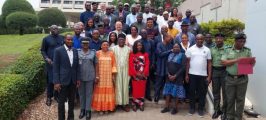
Historic agreement between Nigeria and Cameroon to tackle wildlife crime
-
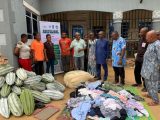
Southern Cameroons refugees in Nigeria receive farm seedlings
-
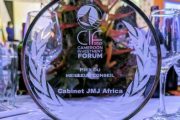
Douala: Investment Forum wraps up with honors for investment champions
© Cameroon Concord News 2024
28, August 2021
Despite Biya regime’s claims that the Ambazonian conflict is under control, recent developments suggest otherwise 0
The Anglophone regions’ relatively quiet start to 2021 was shattered in March by an intense series of IED attacks. Marking a new development in the Cameroonian conflict that has simmered for four years, at least one harrowing new video emerged every day. Each showcased the same pattern: the lumbering roll of a military convoy down a muddy forested road; the explosion underneath a lightly armoured Toyota; the immediate covering fire laid down in anticipation of an ambush; and, eventually, a silence punctuated by the cries of the wounded.
Improvised explosive devices (IEDs) have been used by separatists in the Anglophone conflict since at least late-2018, but the tactic has now reached maturity. Extensive video evidence reveals increasingly sophisticated use of the explosives, including the deliberate targeting of the army’s least protected vehicles, remote detonations, and the use of multiple IEDs. These attacks have been more frequent, more deadly and, most importantly, have not stopped.
This is potentially devastating for the military. Cameroon has only a limited number of mine-protected armoured vehicles and so soldiers are largely left to patrol in Toyota pickup trucks with improvised armour that is entirely ineffective against IEDs. Western forces learned similarly painful lessons in Afghanistan and Iraq, with ‘Snatch’ Land Rovers referred to as “mobile coffins” by troops.
These attacks must weigh heavily on the morale of Cameroonian forces, and recent reports suggest that some units have resorted to extreme measures to counteract the threat. It has been alleged that the elite Rapid Intervention Battalion (BIR) has forced civilians to act as human minesweepers near Kumbo, Northwest region, in what would clearly be an egregious abuse of human rights.
The military is known to have defused dozens of IEDs, but the threat remains. It is therefore likely the government will look to acquire new armoured vehicles this year, with Cameroon’s contingent in the UN mission in the Central African Republic receiving several Mine-Resistant Ambush Protected (MRAP) vehicles in May.
Separatists growing stronger
This increase in IED attacks fits into a broader pattern of some separatist groups’ growing combat strength. Larger forces such as the Ambazonian Defence Forces (ADF) and Ambazonia Restoration Forces (ARF) have managed to replace their locally produced hunting rifles with more effective firepower. Over time, they have acquired weaponry from multiple sources such as corrupt or sympathetic local officials and military personnel, dealers and allied groups in neighbouring Nigeria, following attacks and ambushes, and even from the diaspora in the US. Most recently, secessionists have acquired several light machine guns and, for the first time, rocket-propelled grenade launchers (RPGs).
This has marked a step-change in rebels’ offensive capability and has led to deadlier attacks. In early-May, it was reported that 24 soldiers and civilians had been killed by IEDs in the previous two weeks. In late-June, ten soldiers were killed and a gendarmerie post was attacked in South West region in one day. Two recent raids by ‘General No Pity’, a feared commander of the Bambalang Marine Forces, at Galim in the West region and Bamali in the North-West left several soldiers dead. In July, grisly footage showing members of a separatist group celebrating around beheaded military personnel was released. And an attack in Bali on 19 July left five senior policemen dead.
Since March, it seems that around 60 to 80 service personnel have been killed, with many more wounded. This would likely make it the deadliest period for government soldiers since the crisis began. Separatist attacks have been particularly effective in the North West region, where large armed factions are believed, at times, to be working with some degree of cooperation, though not quite in harmony. In the South-West, by contrast, fighting between separatist factions remains common. In late-June, for instance, the Fako Mountain Lions killed ‘General Opopo’, a commander of the rival SOCADEF group. Disunity and distrust among secessionists in most areas, which is exacerbated through online attacks among separatist leaders in the diaspora, remains a yoke around the neck of the campaign for Ambazonian independence.
Biya’s legacy
The government’s line that the Anglophone crisis is an internal matter that is under control or has even been resolved is miles away from the current reality. There have been widespread losses of personnel and equipment recently, and the military even briefly deployed the Armoured Reconnaissance Battalion (BBR) to the region. This move neither projects strength nor suggests a military nearing victory.
That said, the separatists’ recent successes are unlikely to alter the long-term trajectory of the conflict. The kind of turnaround witnessed in Ethiopia’s Tigray region or Afghanistan is not going to be repeated; Cameroon’s separatist groups are not on the verge of capturing Bamenda or Buea. Instead, the conflict risks leaving the Anglophone regions frozen in time for a generation amid a desperate quagmire in which neither side can prevail, and as the international community looks on. Meanwhile, the military continues to recruit heavily, limiting the strategic impact of the increasing losses. As the conflict becomes ever more entrenched and intractable, resolution becomes harder to imagine. The North-West and South -West regions risk becoming to Cameroon what Kivu is to the Democratic Republic of Congo.
A common phrase heard about the Cameroonian government is that it feels “time is on its side”. From the perspective of the insular, highly centralised regime, this may seem logical. Yet to other actors, it reads as a potentially fatal miscalculation. Time is not on the side of the 1.1 million children out of school or the 3 million residents of the Anglophone regions caught in the crossfire. Nor is it on the side of the 88-year-old President Paul Biya, whose 38 years in charge make him the longest-ruling non-royal leader in the world. His rule is likely to come to an end in the next election cycle, and a transition of power for such a long-standing regime is fraught with the highest risks imaginable.
Cameroon already faces immense challenges with the fight against Boko Haram in the Far North, a tense security situation on the Central African border and thousands of associated refugees, and the immense humanitarian pressures created by all of these separate crises. The strain on the Cameroonian state is enormous, and without a change in strategy, Biya’s forthcoming transition will rightly set alarm bells ringing across the world.
After nearly four decades in power, the greatest legacy the president could leave behind would be to bring the full weight of the state to the table in pursuit of a negotiated, sustainable end to the Anglophone crisis. The alternative is more smouldering armoured vehicles, soaring humanitarian need, and an increasing flow of coffins draped in the Cameroonian flag. As always, the power is with President Biya and his government, yet it is those in Anglophone Cameroon that are paying the heaviest price.
Culled from African Arguments.org